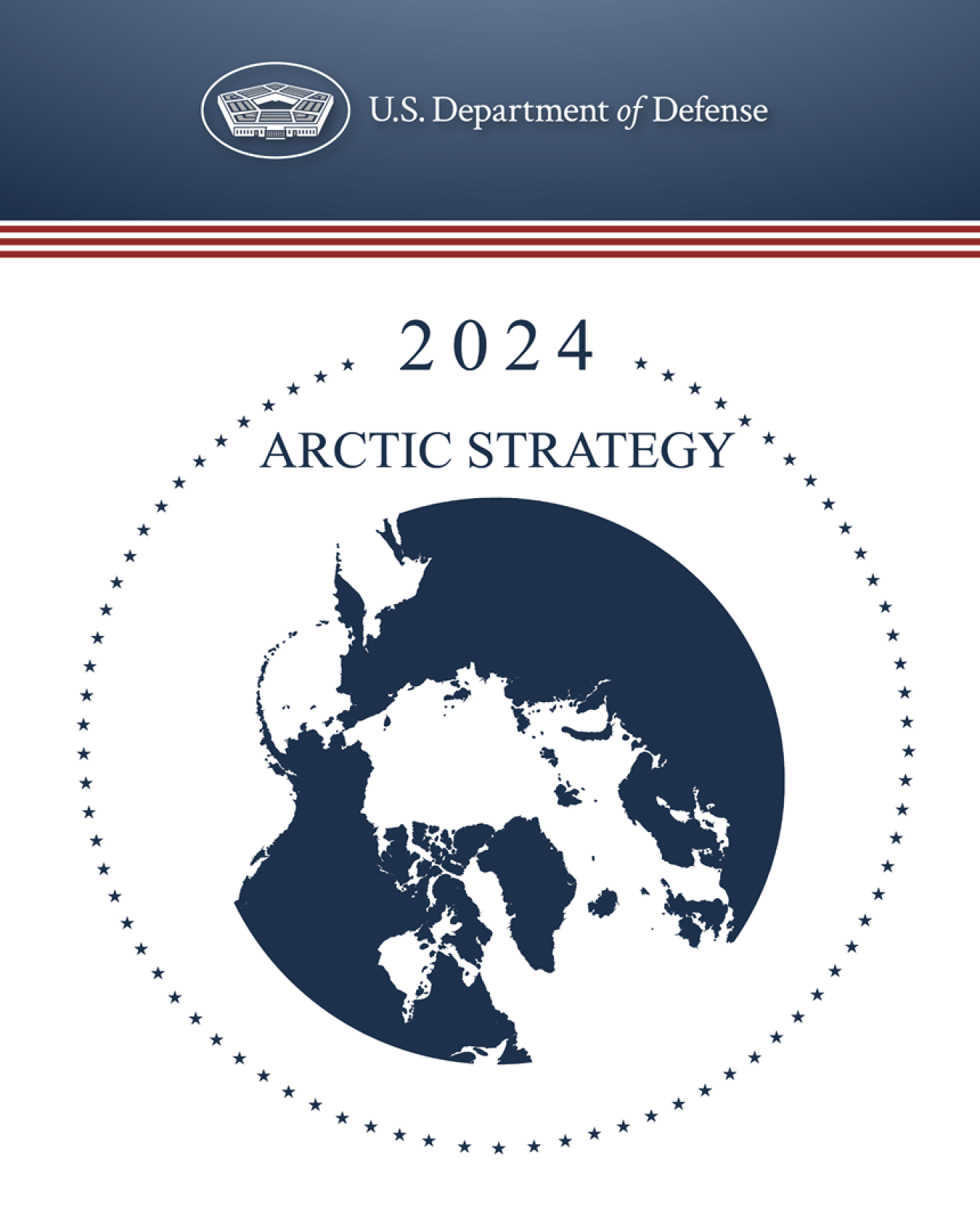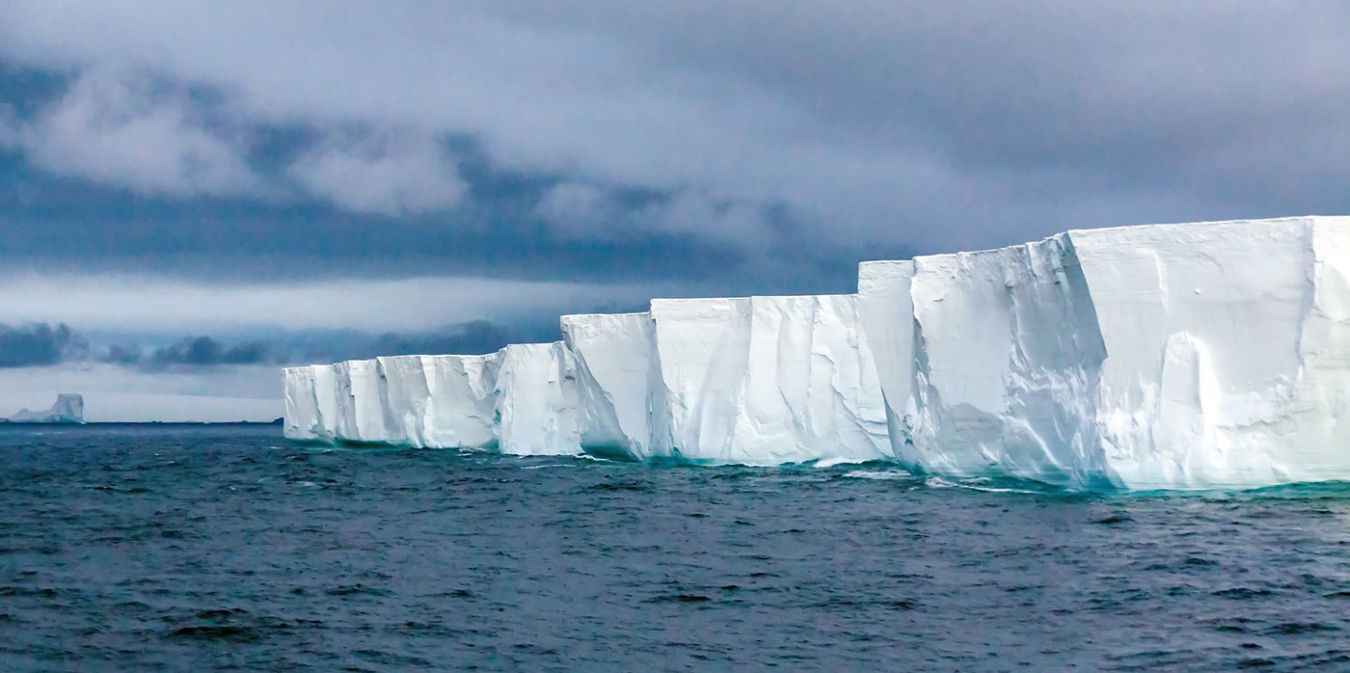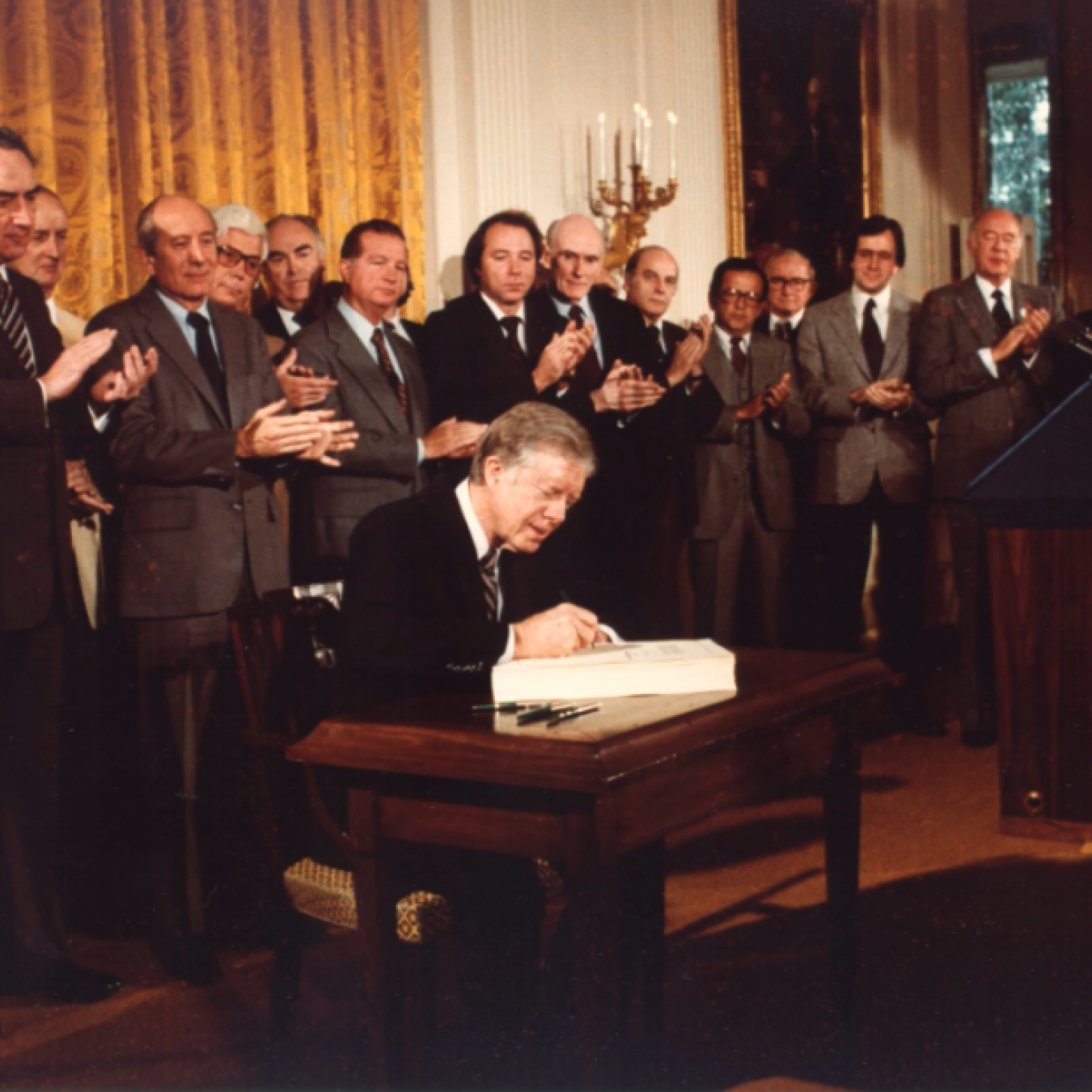Highlights
-
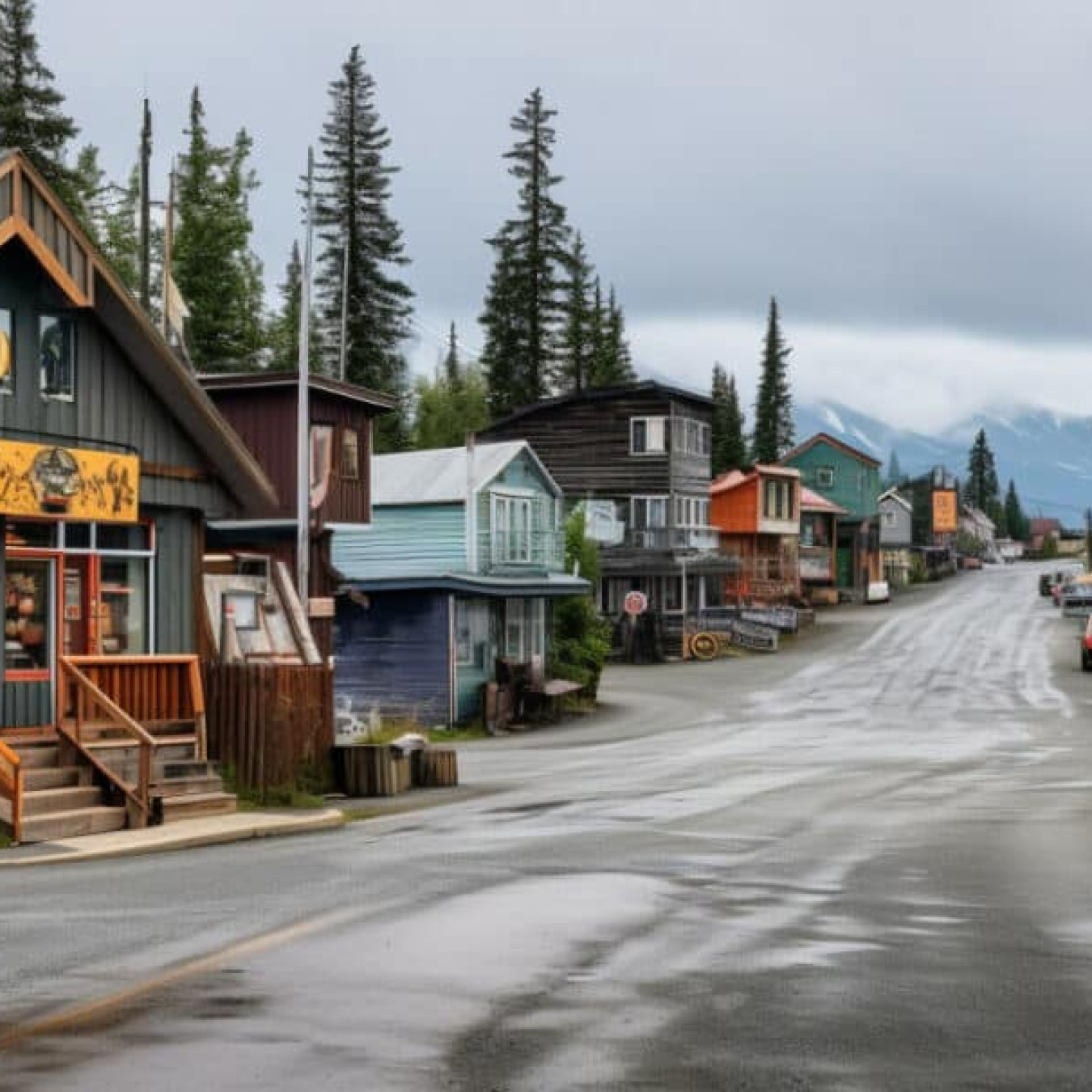 Learn about the projects and work of the Arctic Energy Office.November 23, 2024
Learn about the projects and work of the Arctic Energy Office.November 23, 2024 -
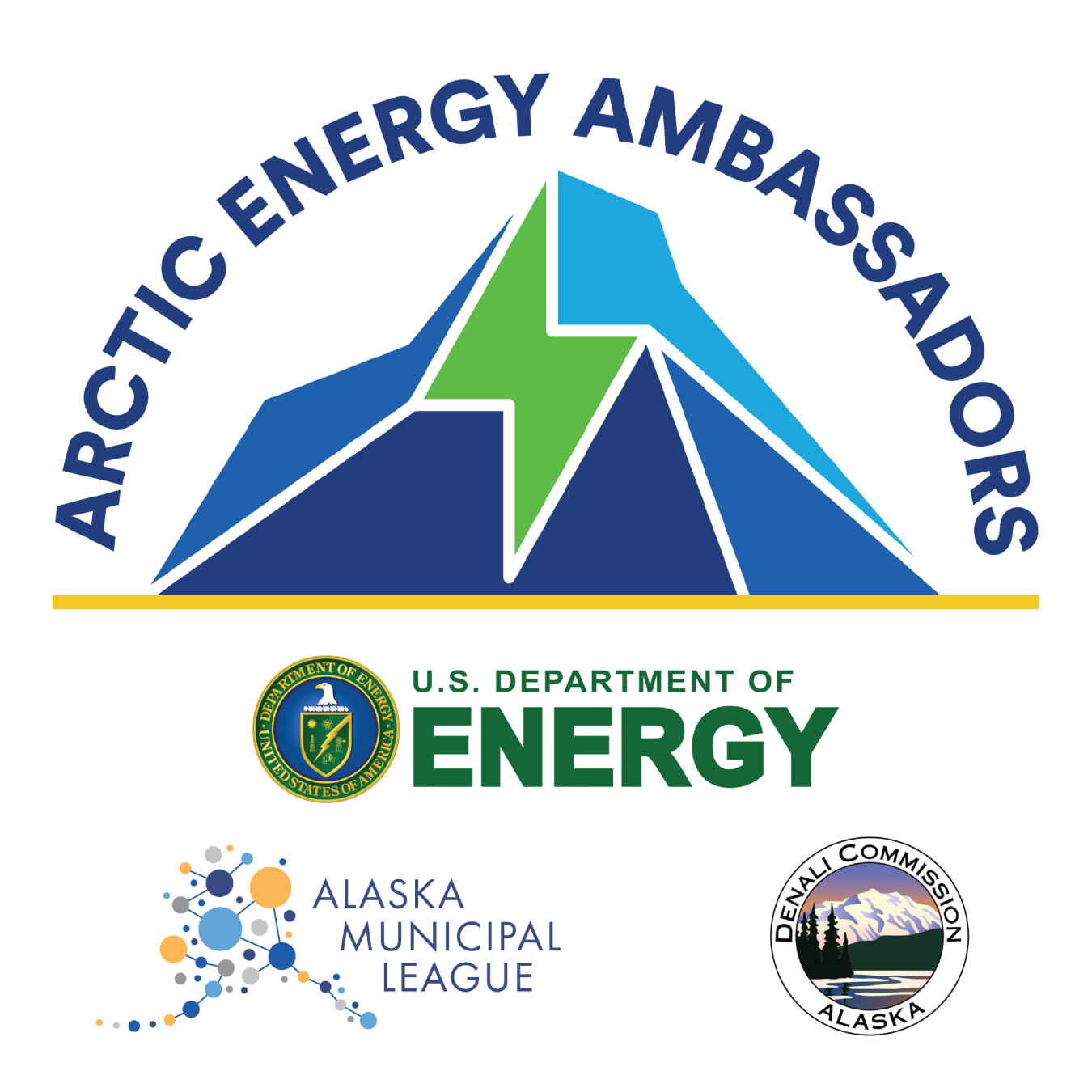 The Arctic Energy Ambassadors program will provide training and support to develop regional energy leadership in the state for selected, experienced practitioners (“Energy Ambassadors”) to improve energy security across Alaska.June 11, 2025
The Arctic Energy Ambassadors program will provide training and support to develop regional energy leadership in the state for selected, experienced practitioners (“Energy Ambassadors”) to improve energy security across Alaska.June 11, 2025
DOE’s Arctic Energy Office
As the only regionally focused office in the U.S. Department of Energy (DOE), the Arctic Energy Office is unique. It advises DOE on energy and related topics in Alaska and coordinates efforts across DOE program offices to ensure a unified voice on Arctic issues. To achieve its mission, the Arctic Energy Office makes connections between Alaskan residents, companies, Tribes, Alaska Native Corporations, villages, academic institutions, national labs, interagency partners, and other stakeholders to support energy solutions, invest in workforce development, and share Arctic expertise and analysis.
Alaska Critical Minerals Accelerator
The Arctic Energy Office is partnering with the University of Alaska Fairbanks to drive economic expansion around innovative critical minerals processes and create a new green mining workforce in underserved Alaska Native communities.
Energy Technology Initiative Partnership Project in Alaska
DOE’s Energy Technology Initiative Partnership Project (ETIPP) has supported 15 communities in Alaska since it launched in 2021. With the support of multiple national laboratories and regional partner organizations, the technical assistance program aims to strengthen the resilience of energy systems in island, costal, and remote communities across the United States through strategic energy planning, analysis, and modeling. Communities in Alaska have engaged in ETIPP projects that include exploring the potential for wind, hydroelectric, and solar power; electrifying fishing vessels; and improving building energy efficiency.
Solar Energy in the High North
With the launch of the Alaska Solar Microgrid Working Group in 2024, the Arctic Energy Office is supporting collaboration and knowledge-sharing. Collaboration across the region will be critical for project success.
Microgrid and Grid Resiliency Support for Arctic Communities
Providing support to underserved and Indigenous U.S. communities in remote, rural, and islanded regions, including Alaska, is a DOE priority, This includes developing or improving microgrid systems--local power grids that can be disconnected from the main grid and work independently. DOE launched a pilot Community Microgrid Assistance Program to support microgrid deployment planning and support, The pilot will focus on communities including those in Alaska and Tribal lands.
Hydrogen Potential in the Arctic
Hydrogen energy applications are garnering national and local attention. In-depth research is increasingly important to evaluate hydrogen’s place in the context of rural, remote, and underserved regions of Alaska. The Arctic Energy Office leads the Alaska Hydrogen Working Group and spearheaded the publication of the Alaska Hydrogen Opportunities Report in 2024. The Office is working to further understand and demonstrate energy generation and storage technologies in Alaska.
International Dialogue
The United States seeks to promote and maintain peace, cooperation, and prosperity. This work encourages sustainable economic development and the building of climate-friendly transportation across the region.
Geothermal Gaps Analysis and Roadmap
Alaska has potential for more geothermal energy, but exploration and resource assessments are poor relative to those for the conterminous United States. As a result, Alaska is often omitted from nationwide deployment studies for geothermal energy. DOE’s Geothermal Technologies Office is funding work with the National Renewable Energy Laboratory to prepare a gaps analysis on existing demand-side and subsurface data for geothermal heat pumps, direct use, and power, and to develop a roadmap to improve geothermal resource assessments in the state.
The Grid Resilience State and Tribal Formula Grants program will distribute funding to states, territories, and federally recognized Indian tribes, including Alaska Native Regional Corporations and Alaska Native Village Corporations, over five years based on a formula that includes factors such as population size, land area, probability and severity of disruptive events, and a locality’s historical expenditures on mitigation efforts. The states, territories, and tribes will then award these funds to a diverse set of projects, with priority given to efforts that generate the greatest community benefit providing affordable and reliable energy.
The Grid Resilience and Innovation Partnerships (GRIP) Program is also helping enhance grid flexibility and improve the resilience of the power system against extreme weather by accelerating the deployment of transformative projects in Alaska.
Featured Podcasts
Press Releases
From Our Blogs
-
- Minute with Mike
- Arctic Energy
- Arctic Energy
January 7, 2025 -
- Careers
- Energy Efficiency
- Energy Efficiency
- Energy Efficiency
- Energy Efficiency
October 22, 2024


